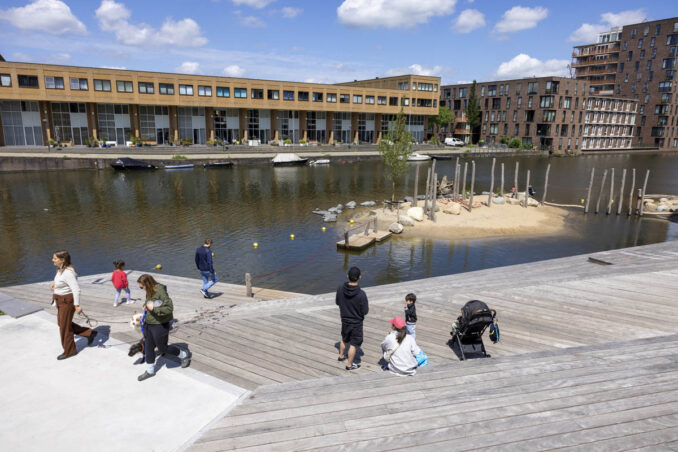
Landscape architects design the outdoor spaces between buildings and sometimes the interior planting within buildings. Although many people mistakenly think that landscape architects construct or maintain landscapes, they, in fact, design landscapes. Landscape architects create designs that meet the requirements of their clients (homeowners, developers, communities, or governments) while considering the environmental, social, and economic […]